Salsa, Samba, and Tango: Unveiling the Dance Rhythms of South America
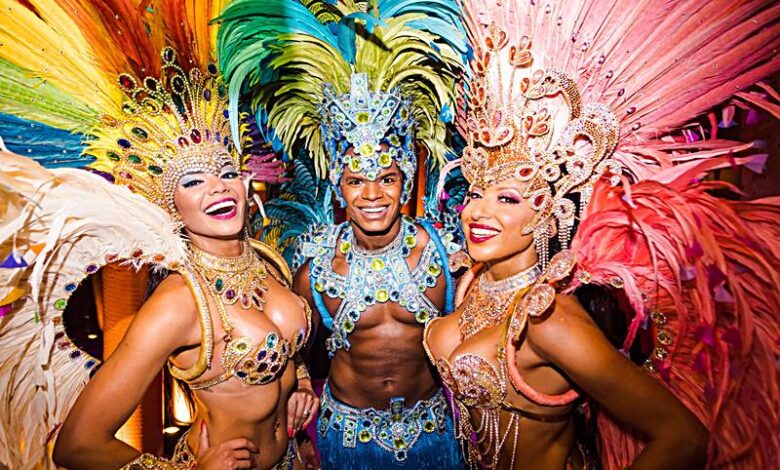
Salsa, Samba, and Tango did you know?
Cali, Colombia: The Salsa Capital of the World
Cali, a vibrant city in Colombia, is renowned as the global epicenter of salsa music and dance. Salsa has become deeply ingrained in the culture and identity of Cali, captivating both locals and visitors alike. But how did this lively genre find its roots in this city?
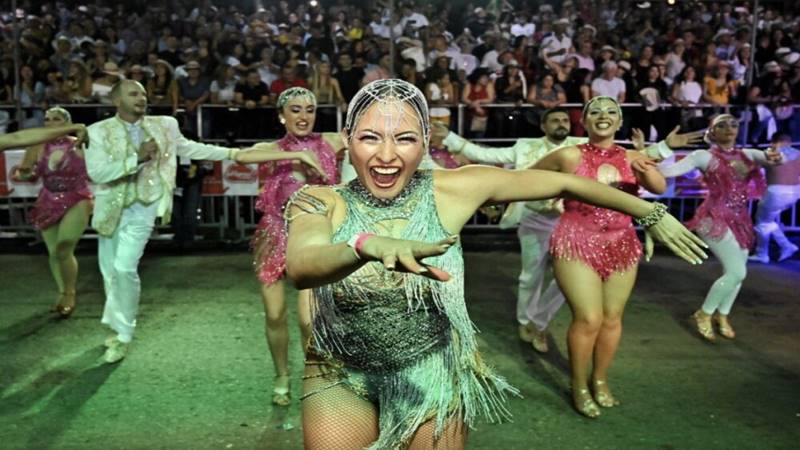
Salsa’s journey to Cali began with a blend of Afro-Caribbean rhythms, jazz, and Latin influences that fused in the vibrant music scene of New York City during the 1960s. This rhythmic fusion quickly spread worldwide, reaching the ears of enthusiastic dancers in Cali. The city’s rich mix of African, Indigenous, and European cultures provided the perfect backdrop for salsa to flourish.
Cali embraced salsa wholeheartedly, giving rise to numerous dance schools, clubs, and events dedicated to the art. Salsa music found its way into the hearts of Cali’s people, becoming an integral part of their daily lives. The city’s energy and passion for dance culminate in its annual Feria de Cali, a vibrant festival celebrating salsa that draws thousands of dancers and music enthusiasts from around the world.
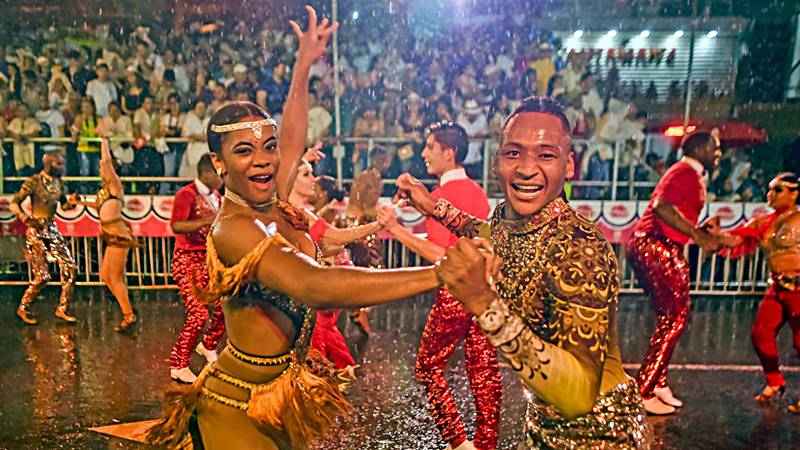
When talking about salsa, it’s impossible not to mention some iconic tracks that have contributed to its global popularity. Classics like “Oye Como Va” by Tito Puente, “Quimbara” by Celia Cruz and Johnny Pacheco, and “Aquel Lugar” by Adolescent’s Orquesta are just a few of the timeless salsa songs that continue to ignite dance floors and bring people together.
In Cali, salsa isn’t just a dance—it’s a way of life. The city’s streets pulse with the rhythm of the music, and its people celebrate their rich cultural heritage through every step and movement. Cali’s love affair with salsa has turned it into a global dance capital, inviting all visiting to experience this remarkable genre’s vibrant spirit.
TIP – Another fun fact is that Colombia has the world’s largest salsa festival, otherwise known as Feria de Cali. It is held from December 25th to December 30th every year. This five-day festival contains grand musical, dance, and art performances.
Buenos Aires: The Tango Capital of the World
Buenos Aires, the vibrant capital of Argentina, is synonymous with the passionate and enchanting dance known as the Tango. Steeped in history and emotion, Tango has become an integral part of the city’s cultural fabric, captivating both locals and visitors from around the globe. But how did this beautiful dance originate and flourish in Buenos Aires?

Tango’s origins are a fusion of diverse cultural influences, tracing back to the late 19th century in the melting pot of Buenos Aires’ working-class neighborhoods and port districts. It emerged as a blend of European and African musical styles, creating a unique and evocative sound that resonated deeply with the city’s inhabitants. Initially, it was performed in the slums and brothels, reflecting the complex emotions of love, desire, and struggle.
As Tango grew in popularity, it transcended its humble beginnings and began to permeate Buenos Aires’ social scene. Immigrants and musicians from various backgrounds contributed to its evolution, lending depth to its melodies and intricate dance steps. By the early 20th century, Tango had captured the world’s imagination, spreading far beyond Buenos Aires’ borders.
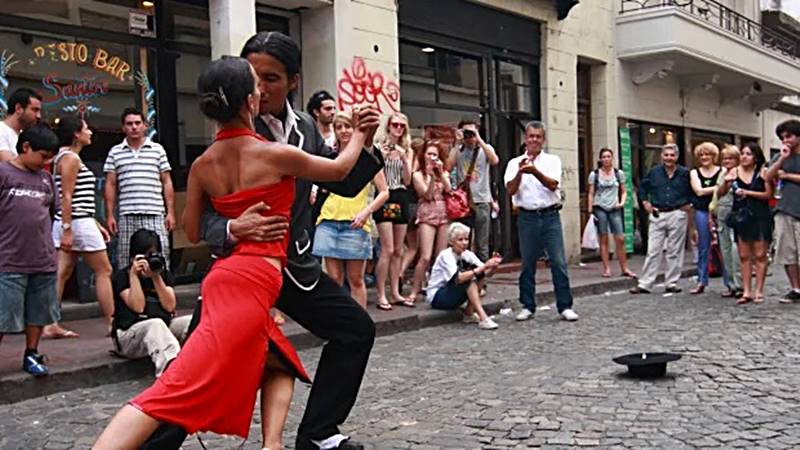
Key to Tango’s allure is its portrayal of raw human emotions, both tender and passionate. It’s a dance that speaks of love gained and lost, reflecting the heartaches and triumphs of life itself. The connection between dancers is palpable, a conversation carried out through movement and music.
When discussing Tango, it’s impossible not to mention some legendary tracks that have shaped its legacy. Classics like:
- “La Cumparsita” by Gerardo Matos Rodríguez
- “El día que me quieras” by Carlos Gardel
- “Por una cabeza” by Carlos Gardel and Alfredo Le Pera
These tracks have become emblematic Tango compositions, cherished by generations and entwined with the dance’s essence.
Buenos Aires embraces Tango as more than just a dance—an intricate art form, a symbol of national identity, and a reflection of the city’s soul. The dance halls, or “milongas,” of Buenos Aires continue to reverberate with the passion and sentiment of Tango, inviting locals and visitors alike to experience the magic of this captivating art form in the very heart of its birthplace.
Samba: Brazil’s Rhythmic Heartbeat
When people worldwide think of Brazil, one of the first images that often comes to mind is the vibrant and infectious dance known as Samba. Samba is not just a dance; it’s a cultural expression, a rhythmic heartbeat that pulses through the nation’s veins. Rooted in history, shaped by diversity, and synonymous with celebration, Samba embodies the spirit of Brazil like no other.
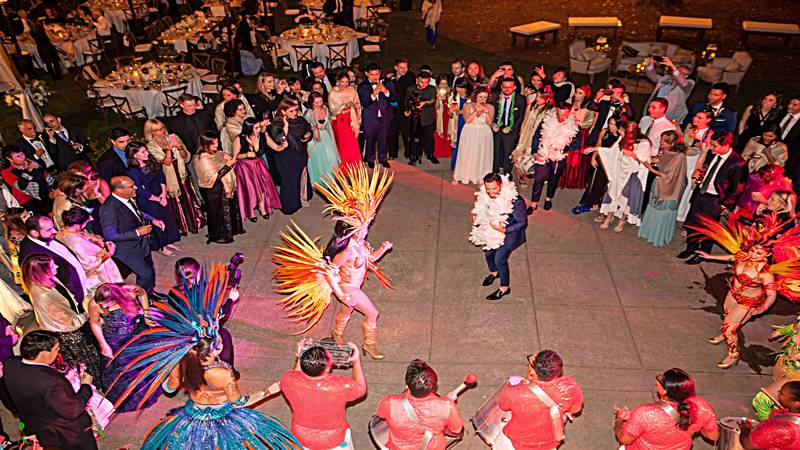
The Birthplace of Samba: Rio de Janeiro
While Samba is now a national phenomenon, its birthplace is Rio de Janeiro. This bustling coastal city is famed for its stunning landscapes, lively neighborhoods, and its role in giving birth to the Samba movement. The areas of Rio, especially the ones with a rich Afro-Brazilian heritage like Lapa and Gamboa, were pivotal in the development of Samba.
Origins of Samba: A Blend of Cultures
Samba’s origins are deeply intertwined with Brazil’s complex history. It emerged from the confluence of African rhythms brought by enslaved Africans, European musical elements, and the indigenous musical traditions of Brazil. As the descendants of enslaved Africans intermingled with European settlers and indigenous populations, a unique cultural fusion took place, giving rise to Samba.

Evolution of Samba: From Margins to Mainstream
Initially, Samba was seen as the music and dance of marginalized communities, often performed in the favelas (urban slums) of Rio de Janeiro. Over time, it transcended these origins to become a cultural phenomenon embraced by people from all walks of life. The Afro-Brazilian influence remains central, and Samba’s rhythms, dance, and lyrics continue to reflect Brazilian society’s struggles, joys, and aspirations.
Samba Songs: A Musical Legacy
Samba’s influence extends beyond the dance floor; it’s deeply embedded in Brazilian music. Many iconic Brazilian songs are Sambas that have captured the essence of the nation. Here are a few famous Samba songs:
- “Aquarela do Brasil” (Watercolor of Brazil) by Ary Barroso: This song, also known as “Brazil,” is a tribute to the beauty and diversity of Brazil’s landscapes and people. It has been covered by numerous artists and is considered a Brazilian anthem.
- “Garota de Ipanema” (The Girl from Ipanema) by Antônio Carlos Jobim and Vinícius de Moraes: While bossa nova influenced this song, it carries Samba’s spirit. It tells the story of a girl from the Ipanema neighborhood in Rio and has become one of the most recognized Brazilian songs worldwide.
- “Mas Que Nada” by Jorge Ben Jor: This song blends Samba with influences of samba rock and bossa nova. It’s an upbeat and catchy track that various artists have covered.
- “Cidade Maravilhosa” (Marvelous City) by André Filho: Often heard during Carnaval, this song celebrates the beauty and allure of Rio de Janeiro.
- “Pelo Telefone” by Donga: Considered one of the first recorded Sambas, this song laid the foundation for the genre’s recognition and popularity.
Samba: A Living Tradition
Samba isn’t just a relic of the past; it’s a living tradition that continues to evolve. It’s seen in the streets during Carnival, in community gatherings, in music festivals, and in the hearts of the Brazilian people. Samba remains a source of pride, an emblem of diversity, and a reminder of the power of music and dance to bring people together in celebration of life.
Hungry for more? Dive into fascinating facts about South America! Click here to uncover more.



